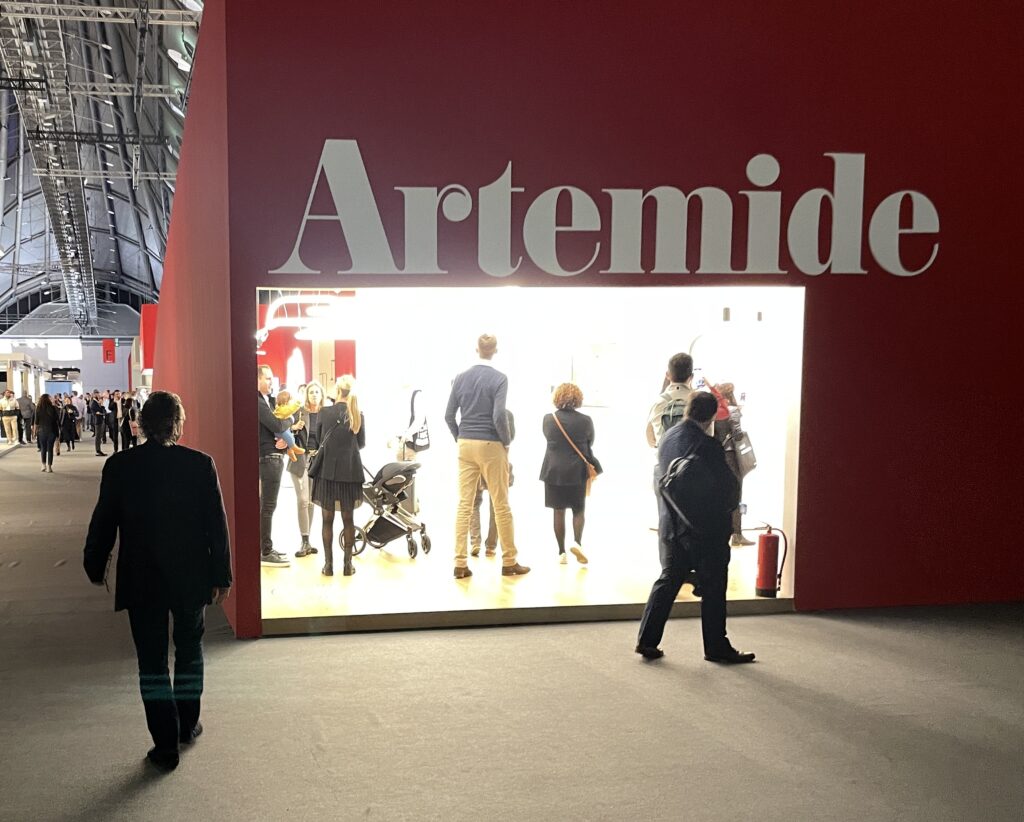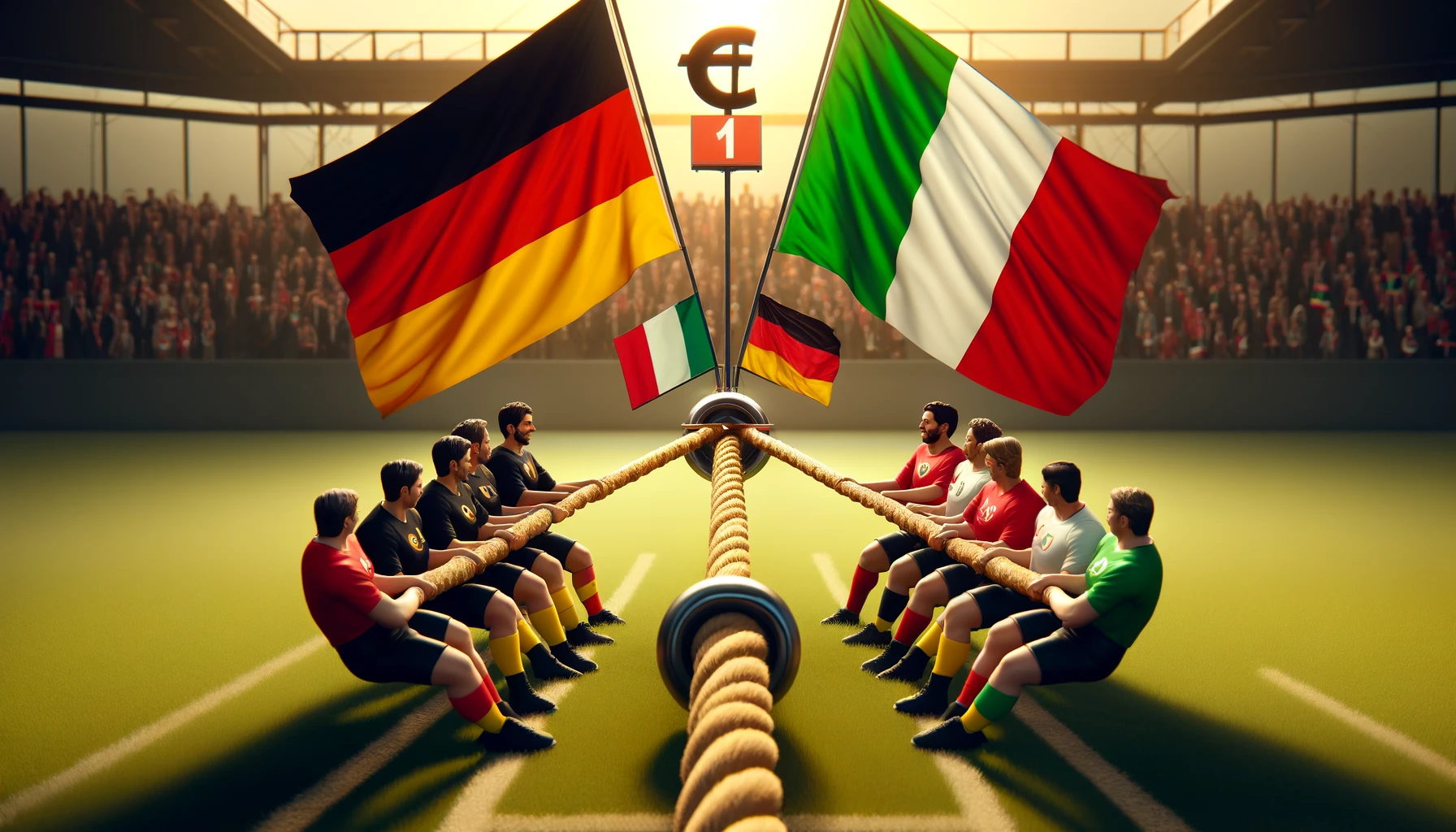A recent study conducted by the Munich-based consultancy firm Aquin has revealed surprising findings regarding the financial performance of Italian lighting manufacturers compared to their German counterparts. The study, spearheaded by Martin Kanatschnig, Dr. Kurt Gerl, Raphael Muth, and Jana Dillmann, delves into the reasons behind the varying degrees of success among European lighting companies despite similar business operations.
For over a decade, Aquin has been advising on corporate acquisitions and has witnessed firsthand the financial dynamics within the European lighting industry through 16 transactions. This experience sparked an inquiry into why Italian lighting firms consistently outperform their German rivals financially.
The findings were striking: Italian manufacturers nearly double the profitability of their German competitors. Specifically, the EBITDA (Earnings Before Interest, Taxes, Depreciation, and Amortization) margin for Italian companies averaged 14.9%, whereas German companies posted a lower average of 7.7%. This disparity prompted further investigation into Austrian lighting firms, which, geographically and financially, sit between the two, with an average EBITDA margin of 11.0%.
Over the past five years, Italian firms have seen growth exceeding 50%, significantly outpacing the German growth rate of just 10%. One contributing factor to this success is the export strategy of Italian companies, which report over 50% of their sales coming from non-German-speaking countries, compared to just about a quarter for German firms.

To understand these stark differences, Aquin analyzed the annual financial statements of 37 Italian, 30 German, and 7 Austrian lighting manufacturers, focusing on companies with revenues exceeding EUR 10 million. The firms studied were diverse, including well-known names such as 3F Filippi, AEC Illuminazione, and Artemide, providing a representative sample of the industry.
The study explored several hypotheses about the disparities, including company size and ownership structure, but found no significant correlation between these factors and profitability. Instead, differences emerged in the market segments each country’s manufacturers targeted and their operational strategies.
German manufacturers have historically emphasized high technical quality to remain competitive despite rising labor costs. However, this has become less of a unique selling point as competitors from China and Eastern Europe have begun to match the quality at lower prices.
In contrast, Italian manufacturers have excelled in design and architectural lighting, areas where individual creativity and innovation are less susceptible to competition from low-wage countries. This strength in design has translated into higher margins and greater success in international markets.
Additionally, labor costs, while lower in Italy, were not the decisive factor. Italian firms have less depth in manufacturing, relying more on flexible production setups and outsourcing, which allows for higher revenue per employee compared to their German counterparts.
The study concludes with strategic recommendations for German manufacturers, suggesting that greater individualization of products and increased export orientation could enhance profitability. For Italian manufacturers, the study points to opportunities in the German market, potentially through mergers with well-established German firms.
As the European lighting market continues to evolve, these insights from Aquin’s comprehensive study highlight the importance of strategic adaptations in design, production, and market focus to maintain and enhance competitiveness in a rapidly changing industry landscape.




